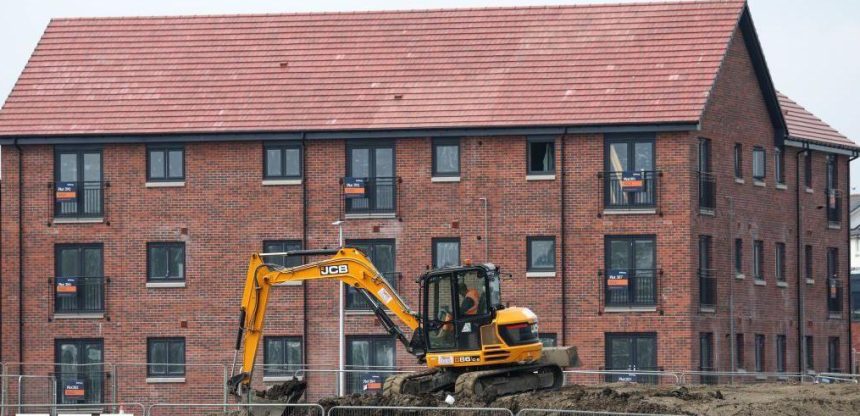The Scottish government has declared a “housing emergency,” formally recognizing the severe issues plaguing the country’s housing system.
What is a Housing Emergency and Its Implications? A housing emergency declaration acknowledges the significant problems within Scotland’s housing system. Ministers are urging the reversal of cuts to Holyrood’s capital budget, which is determined by Westminster. While the declaration itself does not automatically resolve these issues, campaigners hope it will prompt politicians to take decisive action.
The Housing Crisis in Scotland Scotland faces a shortage of affordable, quality housing. The underlying causes are complex and vary regionally. Key issues include a lack of social housing, rising private rents, and increasing mortgage costs, making it difficult for first-time buyers and those seeking to refinance.

Impact of the Housing Emergency Declaration Last year, Scottish Labour proposed the declaration of a housing emergency, but the SNP initially voted against it. However, following the collapse of the SNP’s power-sharing deal with the Greens, the SNP conceded the emergency, attributing the crisis to UK government austerity and Brexit. Despite UK ministers asserting that Scotland receives more funding per capita than other UK regions, the Scottish government has made significant budget cuts. Earlier this year, the affordable housing budget was reduced by £200 million, and even with an announced increase of £80 million, the real-term cut remains substantial.
The Scale of the Problem Shelter Scotland’s analysis reveals nearly 10,000 children are trapped in temporary accommodation, a record high and a 138% increase since 2014. Additionally, there has been a 10% rise in households becoming homeless compared to the previous year, and local homelessness services are overwhelmed. The construction of new social housing has significantly slowed, exacerbating the crisis.
Rising Homelessness The Scottish government attributes the rise in homelessness to the ongoing impact of COVID-19 and the cost-of-living crisis. Most homeless individuals are not rough sleepers but reside in temporary council-provided accommodation.
Social Housing Shortage The early 1980s saw 51% of Scots living in council homes. However, the Right to Buy legislation under Margaret Thatcher led to a significant reduction in social housing stock. The lack of investment in new social housing further contributes to the current shortage, with social housing now comprising less than a quarter of homes in Scotland.
Increasing Private Rents The average monthly rent in Scotland is now £947, having risen by 10.5% in the 12 months to March—the highest increase in the UK. Despite a temporary cap on rent increases, landlords have raised prices due to higher costs associated with running rental properties.
Challenges for Homeowners and First-Time Buyers Mortgage interest rates have surged, leading to higher monthly payments and increased financial strain on homeowners. First-time buyers face substantial challenges, with average house prices exceeding £190,000 and high deposit requirements.
READ ALSO: FCT Minister Approves Immediate Work on Decaying Dogon Gada Bridge After HOUSING TV AFRICA Report
Local Declarations of Housing Emergencies Several Scottish councils, including Argyll and Bute, Edinburgh, Glasgow, Fife, and West Dunbartonshire, have declared housing emergencies. These declarations signal the need for governmental intervention to address pressures on homelessness services, rising property prices, and the shortage of affordable housing.
Current Housing Situations Across Scotland In Argyll and Bute, homelessness has risen, and housing choices have decreased due to increasing property prices and rents. Edinburgh faces similar issues, with short-term lets reducing housing availability for residents. Aberdeen struggles with structural problems in social homes, adding pressure to accommodation supply.
The declaration of a housing emergency by the Scottish government aims to bring much-needed attention and action to address these widespread and complex housing issues across the country.



